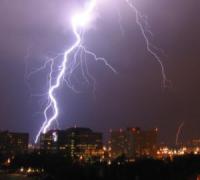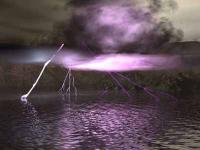Work hazards exist in most professions. Employers must provide as much administrative assistance and planning to eliminate these hazards as they can, by either work practice control (changing the way employees do their jobs) or engineering control (building barriers between hazards and workers, when possible). When these measures aren’t enough, OSHA requires that employers provide their employees with PPE (Personal Protective Equipment). (Note: Certain Standards of OSHA state that the employer must provide PPE at no cost to the employee, while others state only that the employer must provide PPE.) Examples of PPE are hardhats, respirators, full body suits, hearing protection devices, foot, hand, face and eye protection.
In several installments, we will share information with you to help you understand the basics of determining the proper types of PPE that will keep employees safe! It is important that employers and employees:
- Do a hazard assessment of their workplace
- Be familiar with the different types of PPE
- Train in proper wear and care of PPE
- Select appropriate PPE for various circumstances
- Report to supervisor when PPE needs to be replaced
- Replace worn or damaged PPE
We hope to help you decide what products to furnish to ensure your safety!
Source: OSHA, PPE 3151-12R


